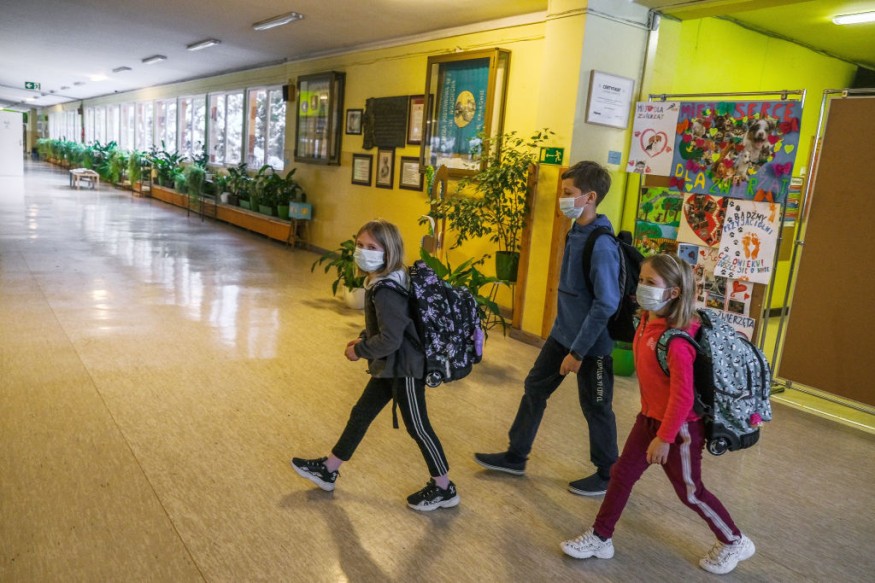A new study has recommended that public schools may be able to reopen safely for face-to-face or in-person classes as long as students keep a three-feet distance between them and other safety measures maintained like wearing masks.
According to a report from The New York Times, school closures have been a divisive topic since the beginning of this global health crisis, and a new study has kindled discussion over the six-food social distancing rule, and if it can be relaxed in classroom scenarios, which would ease the way for school children to go back to class.
First Lady, Jill Biden and members of the administration under her husband's leadership have been traveling in a rigorous campaign for safe school reopening while both parents and teachers have grown increasingly upset by the so-called off- and on-again policies from district to district.
Dr. Anthony Fauci, the country's top infectious disease expert, when asked about this new report by Jake Tapper on the 'State of the Union' CNN program, agreed that the research appeared to specify three feet would be sufficient distance to limit or control the transmission of the virus. A similar report is shown on Breaking News's YouTube video below.
However, no official guidance on the said shorter distance has been issued by the Centers for Disease Control and Prevention, although Fauci said, they are studying the data.
ALSO READ : Fully Vaccinated Individuals Safe to Meet Other People Indoors Even Without Masks, CDC Announces

3-Feet Recommendation by the WHO
According to Dr. Fauci, what the CDC wants to do now is gather data. And when it has the information, the agency is going to act according.
The health official also added that the agency's director, Dr. Rochelle Walensky was aware of the new study and that the CDC was conducting its own research, as well.
In addition, while the recommendation of the CDC stays at six feet of social distancing between students, the World Health Organization or WHO suggested a 3.3-feet physical distancing. Research found that the latter was sufficient to control school-related COVID-19 cases.
Essentially, the CDC recommendations are calling for six feet of physical and social distancing in schools located in countries that have high rates of COVID-19 transmission.
COVID-19 Infection in Students
This new research, published in the Clinical Infectious Diseases entitled "Effectiveness of three versus six feet of physical distancing for controlling spread of COVID-19 among primary and secondary students and staff: A retrospective, state-wide cohort study," compared the occurrence rates among staff and students in Massachusetts school district that needed at least six-feet apart with those that necessitated only a three-feet distance, and did not find any statistically substantial differences in contagion rates both among students and staff.
The study authors, who controlled for community rates of COVID-19 cases in their analysis, concluded that lower policies on physical distancing could safely be adopted in school settings so long as other measures like universal wearing of mask are in place.
Furthermore, the researchers studied the rates of COVID-19 infections among students and staff at more than 240 school districts in Massachusetts, with different levels of in-person instruction between the latter part of September 2020 and late January this year.
As a result, the study authors found that children are less likely to require hospital confinement when infected with COVID-19, and children below 10 years old are less likely to get infected compared to teenagers.
Nonetheless, the true occurrence of infections may not be known since children and adolescents are far less likely, compared to adults, to contract severe illness and are less likely to get tested.
RELATED ARTICLE : It May Feel Uncomfortable, But Wearing Mask During Exercise Should Not Damage Oxygen Intake
Check out more news and information on COVID-19 on Science Times.












